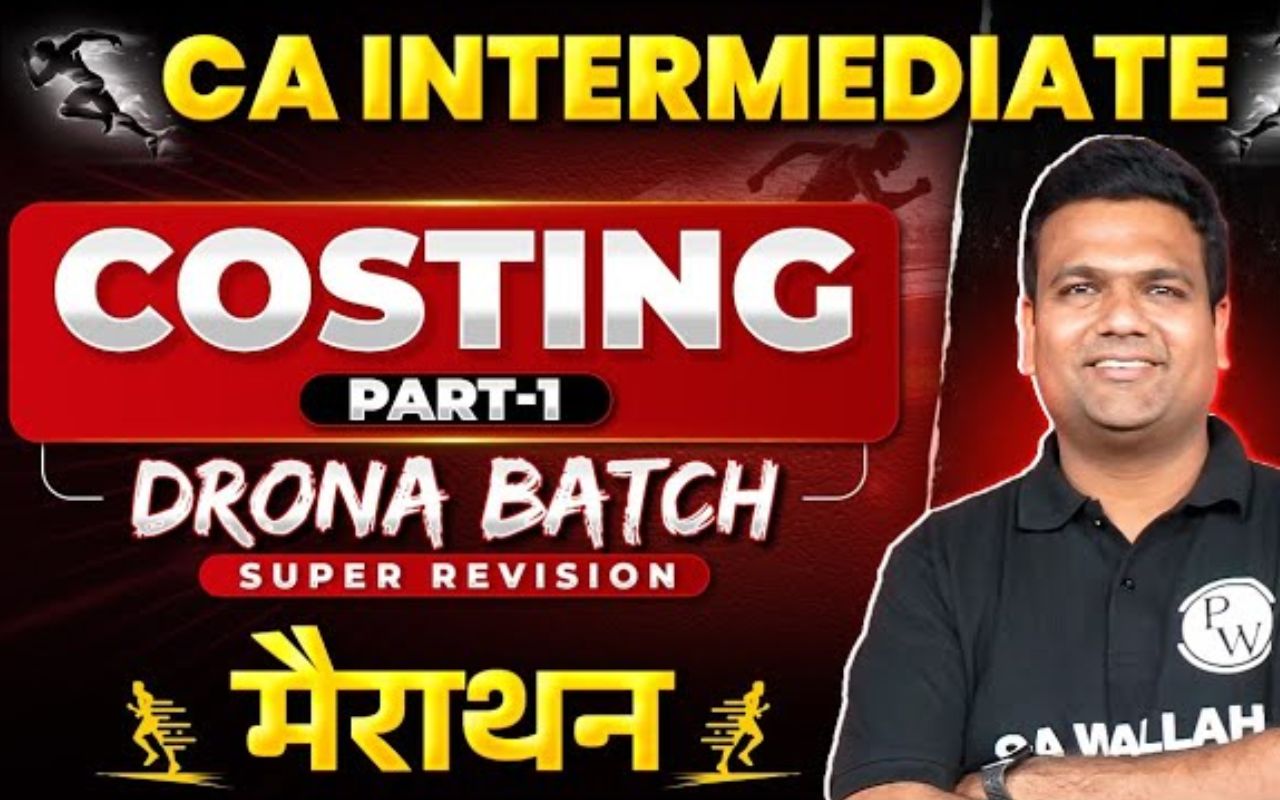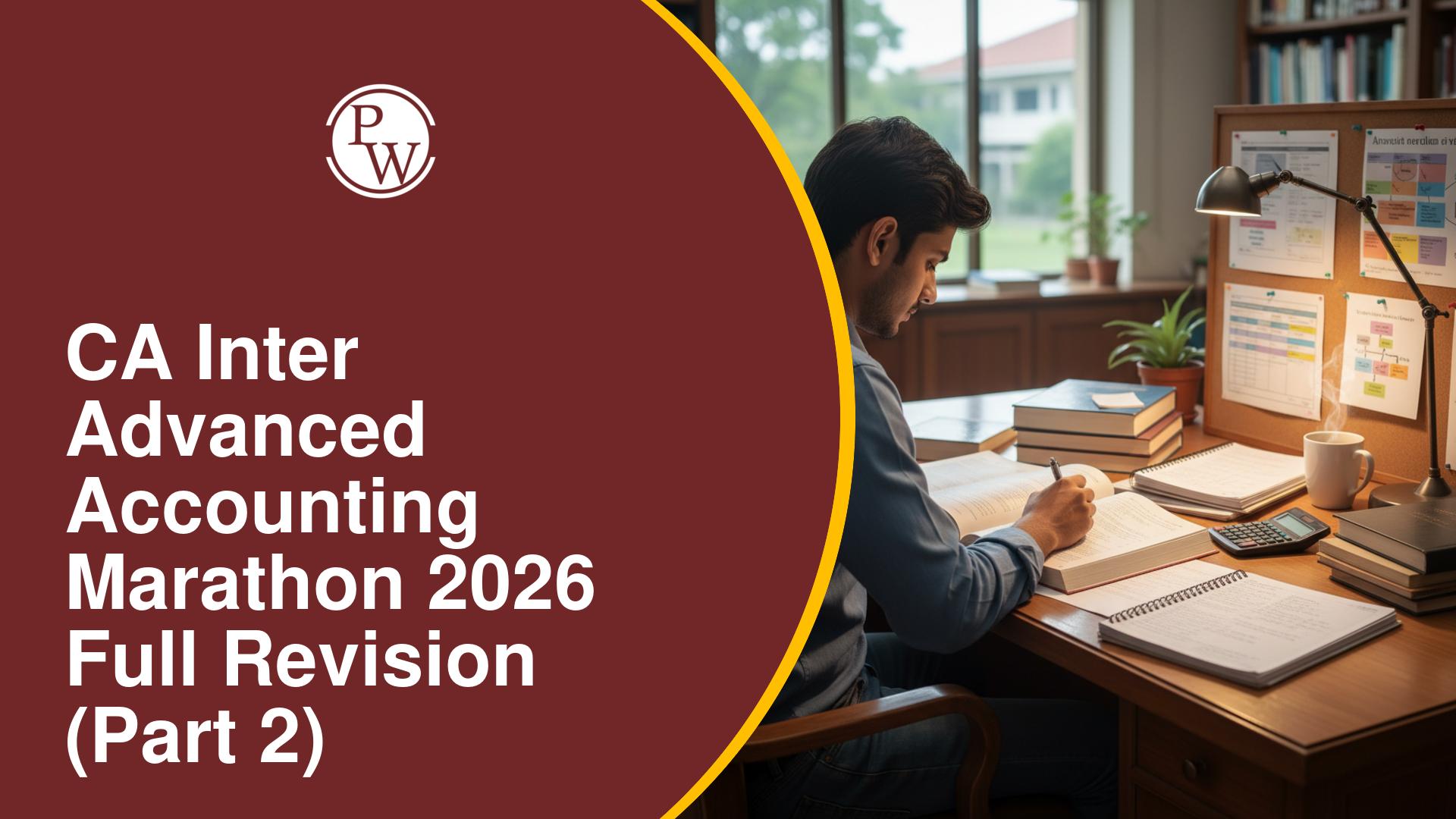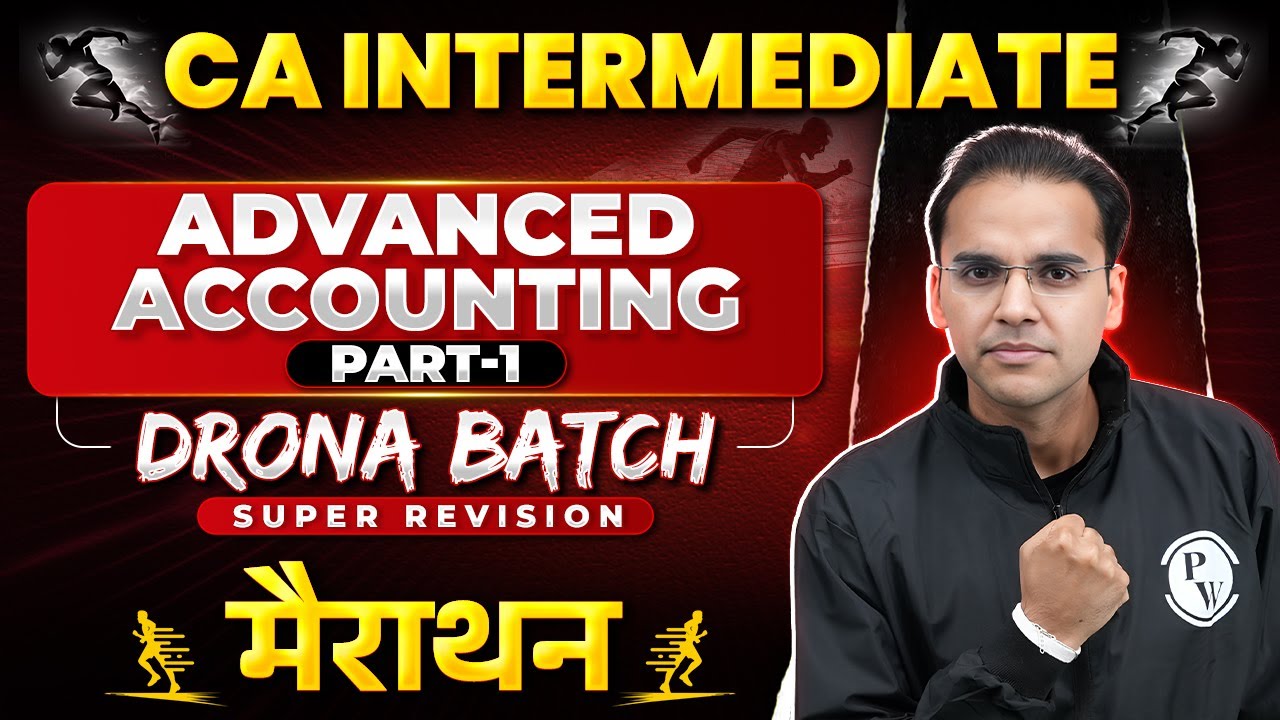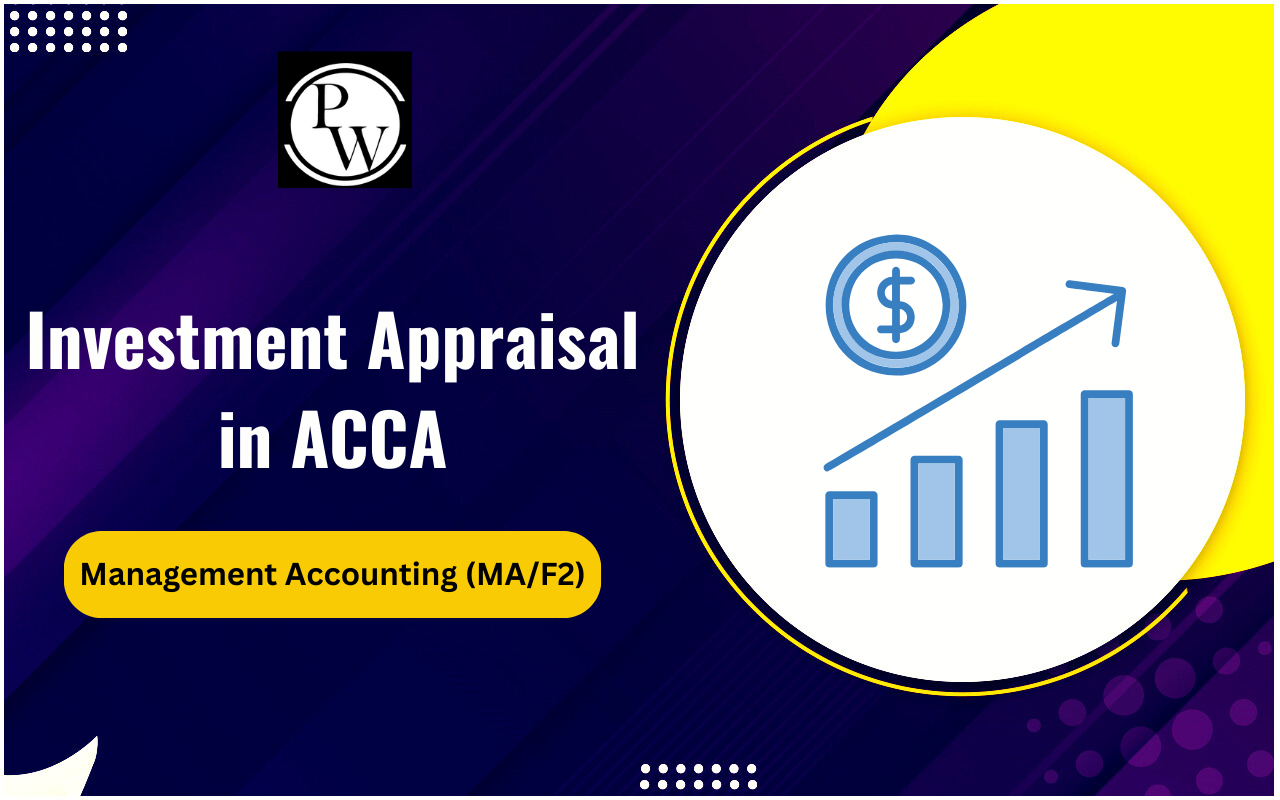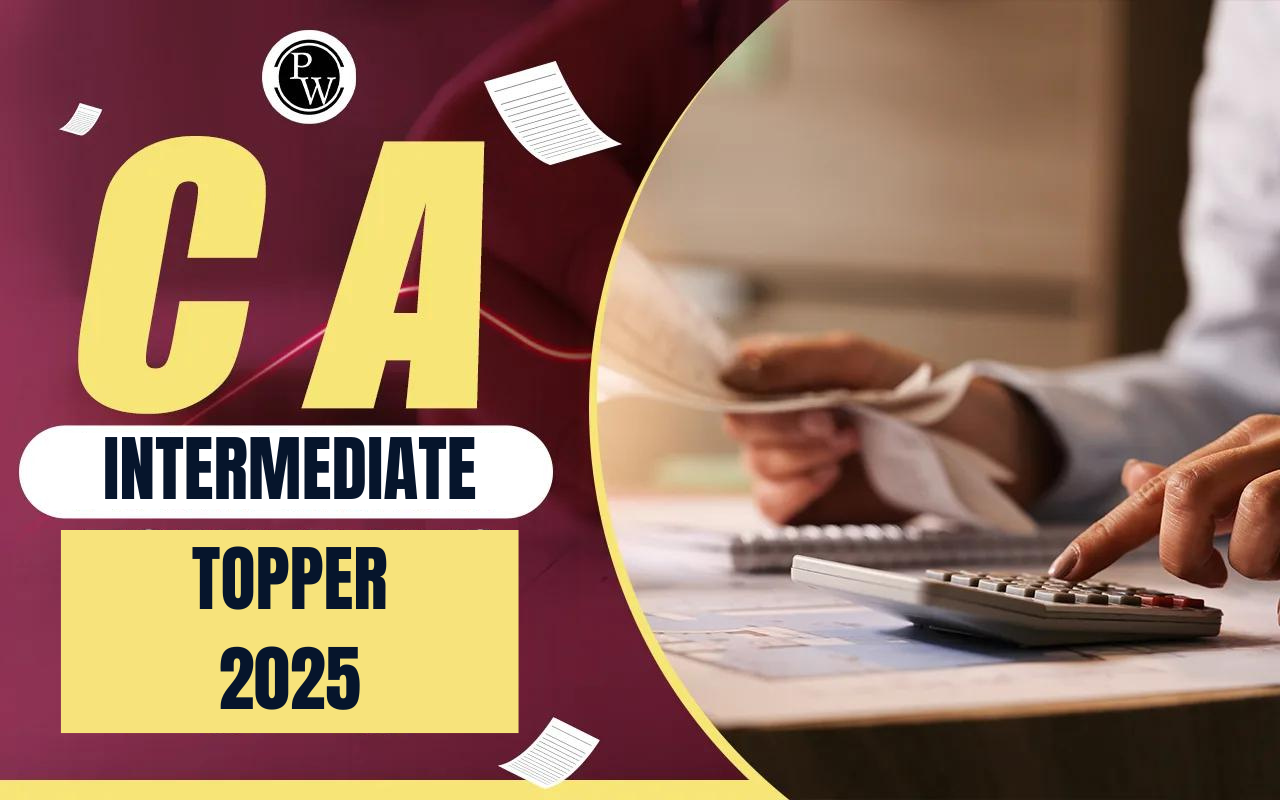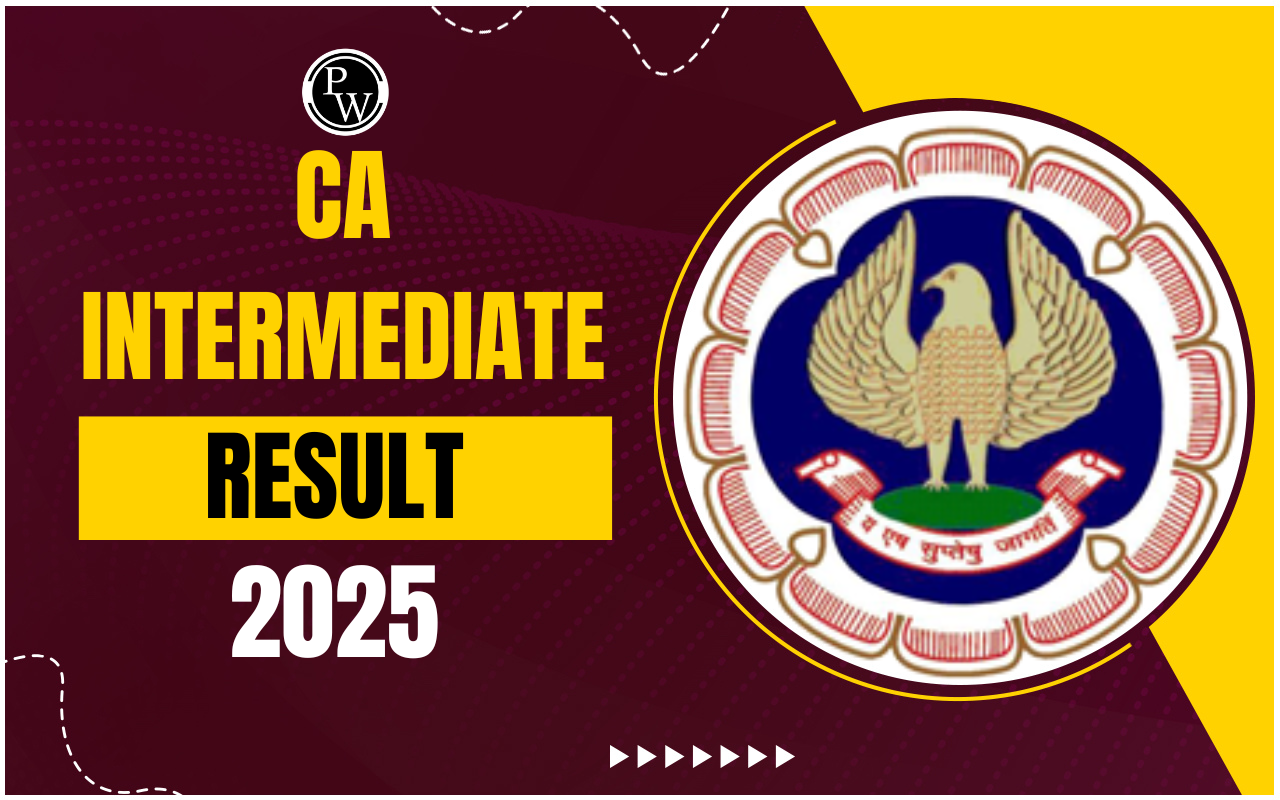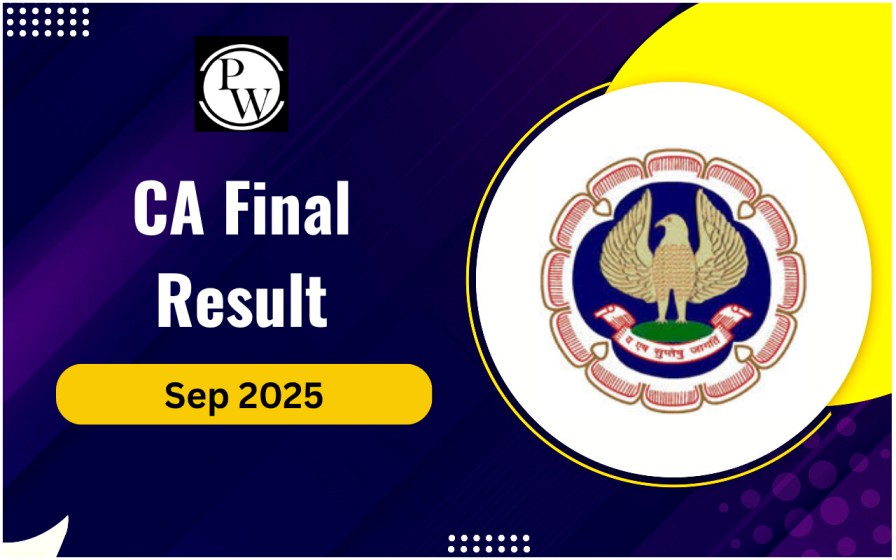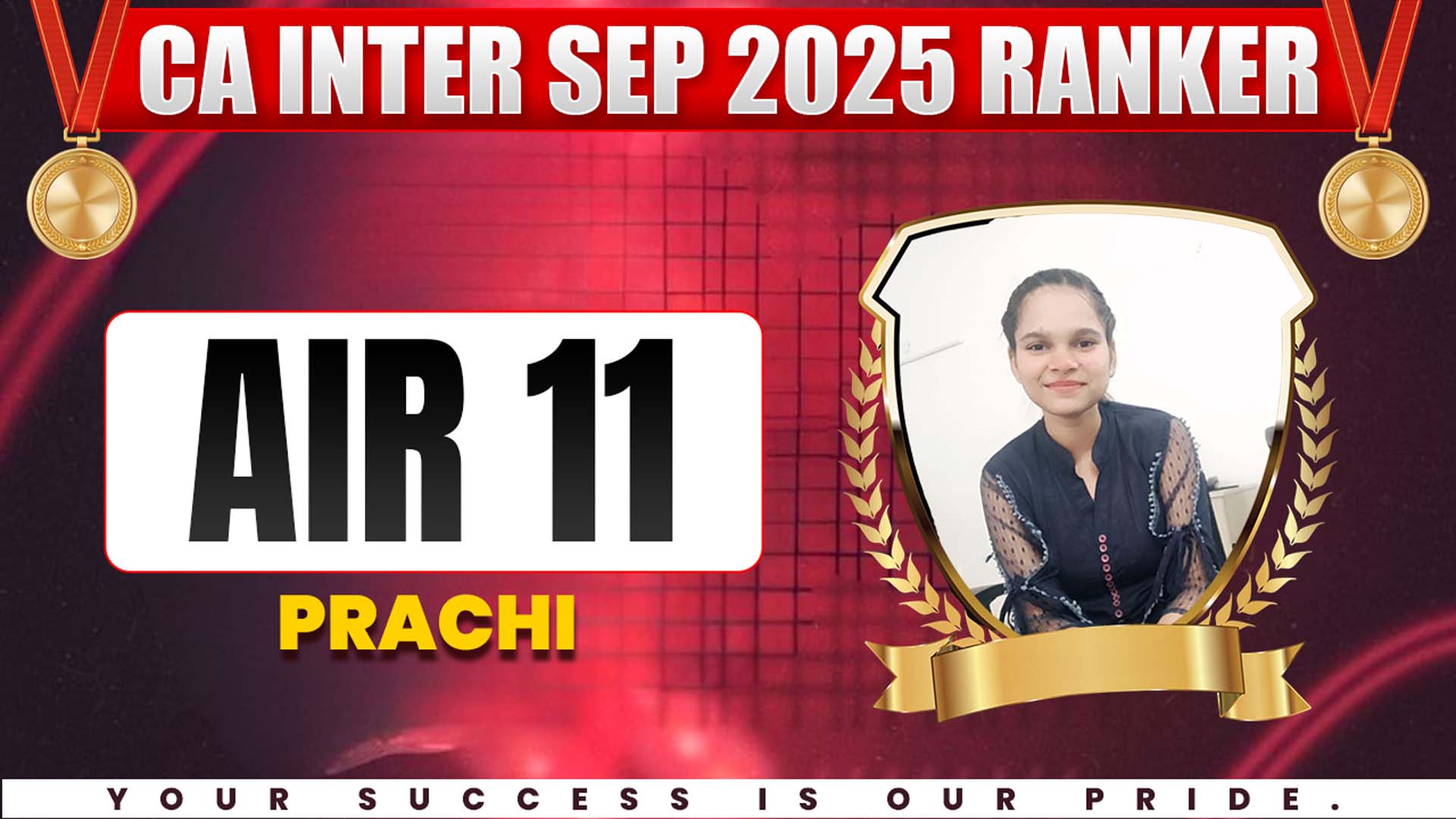
CA Intermediate Cost and Management Accounting , also known as CA Intermediate Costing , teaches students how to manage cost sheets, use activity-based costing, and handle cost accounting effectively. Passing the CA Inter exam in this subject can be challenging without thorough preparation. However, you can pass the exam with excellent scores by practicing and gaining a conceptual understanding.
What is Cost and Management Accounting?
Cost Accounting involves calculating and assessing costs and expenses incurred in purchasing or producing something. It utilizes various costing techniques to determine the per-unit cost. The primary aim of cost accounting is to aid managers in decision-making.
On the other hand, Management Accounting provides essential information for decision-making, planning, cost control, and performance evaluation. It goes beyond cost accounting by transforming data into valuable information, knowledge, and insights about a business entity's operations. Management accounting delves deeper into understanding the reasons behind profits or losses and examines the factors influencing efficiency to assist decision-making. Therefore, cause and effect analysis holds a crucial place in management accounting.
CA Inter Cost and Management Accounting Exam Pattern
The CA Intermediate Cost and Management Accounting paper for 2023 is a theory-based examination. There are a total of 5 questions in the paper, out of which 1 is compulsory for all candidates. Depending on their choice, students can write the exam in English or Hindi during the application form-filling process.
| Particulars | Details |
| Paper Type | Theory-based |
| Total Marks | 100 |
| Time Limit | 3 hours |
| Number of Questions | 5 |
| Compulsory Questions | 1 |
| Language Options | English and Hindi |
CA Intermediate Paper 3 Chapter-wise Weightage
Each chapter in the CA Inter Paper 3 Cost and Management Accounting holds a specific weightage of marks. Let's explore the distribution of marks across the chapters:
| Chapters | Topics | Weightage |
| Chapter 1 | Introduction to Cost and Management Accounting | 10%-15% |
| Chapter 2 | Material Cost | 35% to 40% |
| Chapter 3 | Employee Cost and Direct Expenses | 35% to 40% |
| Chapter 4 | Overheads: Absorption Costing Method | 35% to 40% |
| Chapter 5 | Activity-Based Costing | 35% to 40% |
| Chapter 6 | Cost Sheet | 35% to 40% |
| Chapter 7 | Cost Accounting System | 35% to 40% |
| Chapter 8 | Unit & Batch Costing | 25% to 30% |
| Chapter 9 | Job Costing and Contract Costing | 25% to 30% |
| Chapter 10 | Process & Operation Costing | 25% to 30% |
| Chapter 11 | Joint Products & By-Products | 25% to 30% |
| Chapter 12 | Service Costing | 25% to 30% |
| Chapter 13 | Standard Costing | 20% to 25% |
| Chapter 14 | Marginal Costing | 20% to 25% |
| Chapter 15 | Budget and Budgetary Control | 20% to 25% |
How to Study for CA Inter Cost and Management Accounting
Preparing for the CA Inter Paper 3 Costing and Management Accounting requires a systematic approach and consistent effort. By following these actionable tips, you can increase your chances of success in the examination.
Focus on the Easier Chapters First
Begin your preparation by tackling the easier chapters first. These include Operating Costing, Marginal Costing, Materials, Budgetary Control, Contract, and Integrated System and reconciliation. By completing these sections early on, you can save time for more challenging topics.
Thoroughly Study ICAI Issued Study Materials
Dive deep into the CA Inter study materials provided by ICAI and practice the concepts repeatedly. Regular revision is key to solving problems effectively. Set time limits for problem-solving to improve your speed and efficiency.
Create Chapter-wise Notes and Solutions
Maintain well-organized chapter-wise notes and solutions to refer to when encountering similar problems. This approach saves time during revision and enables quick recapitulation.
Continuously Assess Your Preparation Level
Regularly assess your preparation and exam readiness. Determine if you need to make any progress in specific areas. Completing the syllabus well in advance allows ample time for revision.
Take Mock Test Papers
Attempt CA inter-mock test papers to familiarize yourself with the exam format, question types, and problem-solving complexity. Mock tests help identify and rectify mistakes beforehand.
Avoid Relying on Selective Study
Do not rely on studying only important or selected chapters. All sections are essential, as any part can form crucial questions in the exam. Give equal attention to every chapter.
Complete the Syllabus Before Revision
Ensure you finish studying all the chapters well before the exam date. Avoid starting untouched topics just before the exams to minimize the risk of being underprepared.
Mistakes to Avoid During CA Inter Cost and Management Accounting Exam Preparation
Focusing on positive and constructive strategies is essential when preparing for CA Inter Paper 3 Cost and Management Accounting. Here are some common mistakes that should be avoided while preparing for the CA Inter Paper 3 Cost and Management Accounting exam:
- Procrastination: Delaying study plans
- Ignoring the syllabus and weightage
- Lack of practice and revision
- Neglecting previous years' question papers
- Overlooking the importance of time management
- Relying solely on memorization
- Neglecting conceptual clarity
- Not seeking help or guidance when needed
Preparing for the CA Inter Cost and Management Accounting exam requires diligence, dedication, and a well-planned approach. By avoiding common mistakes and following positive preparation strategies, you can enhance your chances of success and perform well in the examination. Remember to stay consistent and focused on your goals to achieve the desired results.
Also Read:
| Ca Foundation Exam Registration December 2023 |
| Ca Articleship 2023 |
CA Inter Cost and Management Accounting FAQs
Q1: How many questions are in the CA Intermediate Cost and Management Accounting paper?
Ans: The CA Intermediate Cost and Management Accounting paper consists of a total of 5 questions, out of which 1 is compulsory for all candidates.
Q2: What is the exam pattern for CA Intermediate Paper 3 Cost and Management Accounting?
Ans: The CA Intermediate Paper 3 is a theory-based exam with a total of 5 questions. One question is compulsory for all candidates, and they can choose to write the exam in English or Hindi.
Q3: What is the chapter-wise weightage for CA Intermediate Paper 3?
Ans: The chapter-wise weightage for CA Intermediate Paper 3 varies, with topics like Material Cost, Employee Cost, and Direct Expenses having a higher weightage of 35% to 40%.
Q4: How many questions are compulsory in the CA Intermediate Paper 3 exam?
Ans: There is one compulsory question in the CA Intermediate Paper 3 exam, which all candidates must answer.

